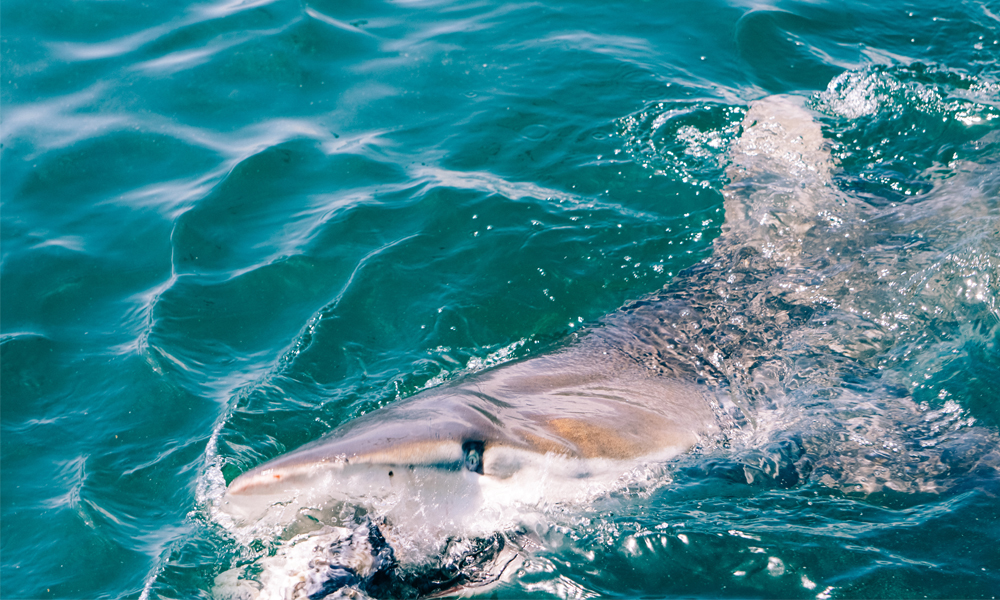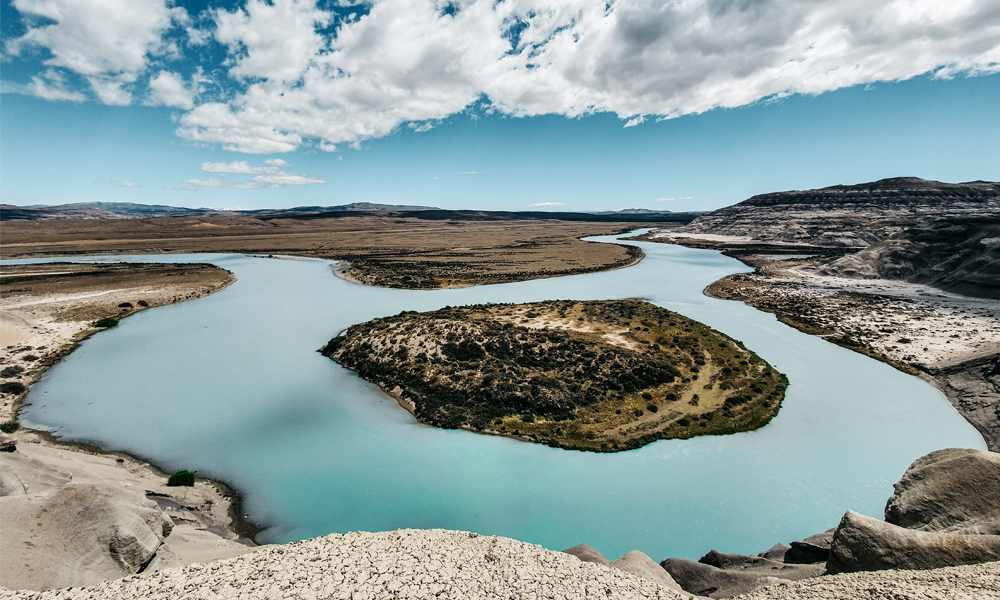
If like many people, you work 40+ hour weeks and only get a set amount of days to travel, you’ll find this guide useful!
There’s no better way to spend the Christmas period going on a new adventure, and what better place is there to get some winter sun than in Patagonia!
If you love rugged nature, the outdoors and wilderness, this trip is a MUST! It sits between both Argentina and Chile, with the Argentine region being the bigger region out of the two.
This post will show you how to maximise your time in Patagonia when you’re short of time. It will focus on the Argentinian side as it’s the one that I actually explored (Chile is next on my hit list!).
Know before you go
It’s such a vast place that it can be hard to decide which area to pick.
This all depends on what you’d like to see, as they all offer different sites. The tough part is that it all looks equally as stunning as each other, so you’ll have to do some serious compromising here!
It was one of the most challenging trips i’ve had to plan and I was going back and forth on my decisions.
Patagonia is comprised of 6 different regions all quite a distance from each other so planning in advance is highly recommended, especially if you’re limited on time.
The choices can be overwhelming so i’ve narrowed it down for you to give you a sense of what each place offers.
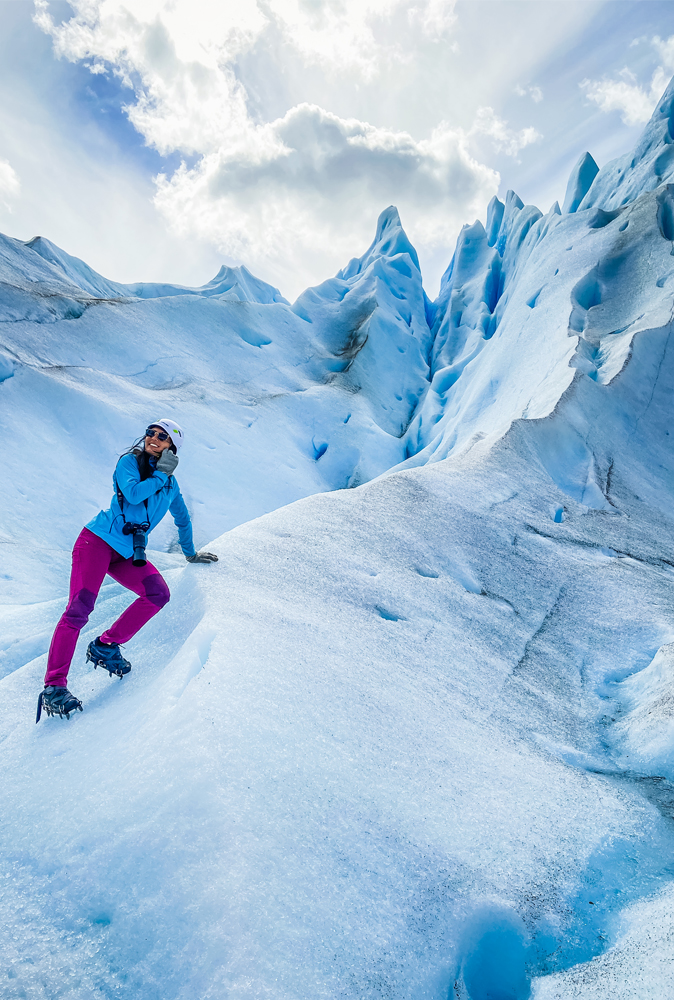
Argentina side
Chile side
When to go to avoid mass tourism
Eco Tip 09: Try to find a reuse + return + deposit bank for glass bottles at home or while you’re travelling
Language
Getting There
Being on the tip of South America, it’s not the easiest place to get to. I caught a direct flight (do this to reduce your CO2 emissions) from London to Buenos Aires, then a 3 hour flight to El Calafate.
You can see the vast beauty of the place before you even land, with views of La Leona river directly beneath you.
I hired a pre-booked car from Hertz via Rentalcars.com to pick up at the airport. Make sure you book this in advance because I saw queues of people wanting to rent one and there were none available.
As soon as I landed I got an instant sense of safety and you could tell you were amongst a hiker community.
The drive was a short 20 minutes into the centre down one main road, driving through grassland and small residential houses.
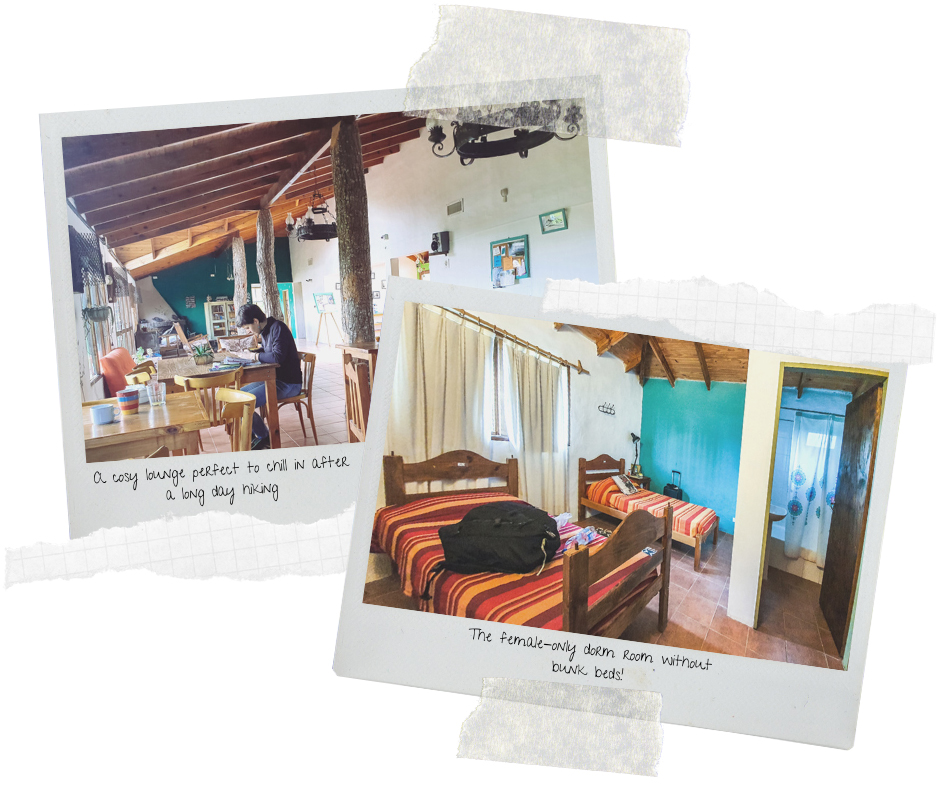
Bla Lodge - El Calafate
Where To Stay
There are many options for accommodation depending on your budget.
I knew I was going to be out and about a lot so I booked Bla Lodge hostel for a few nights as I wouldn’t be spending much time there.
I paid around US$10 a night and this was in December during high season.
The lodge was roughly a 15 minute walk to the centre, which again felt completely safe. It’s quite a steep walk along some gravel roads and up the hill but you get a rewarded with amazing views over the lake.
All the locals and tourists were super friendly and were always happy to help if I had any questions.
Where To Stay – Sustainable alternative
Ecocamp in Torres Del Paine has been labelled as one of the world’s most sustainable hotels.
It utilises eco friendly practices from composting toilets to biodegradable products.
I didn’t get the chance to stay here because I had planned on camping in the national park so I didn’t have to go back and forth on my route.
Unfortunately, I didn’t get to do that either because I wasn’t aware that I had to book a space for camping and by the time I found out it was fully booked!
This came as a blessing in disguise because it was pouring with rain on the day I was meant to go, so the hike wouldn’t have been as enjoyable.
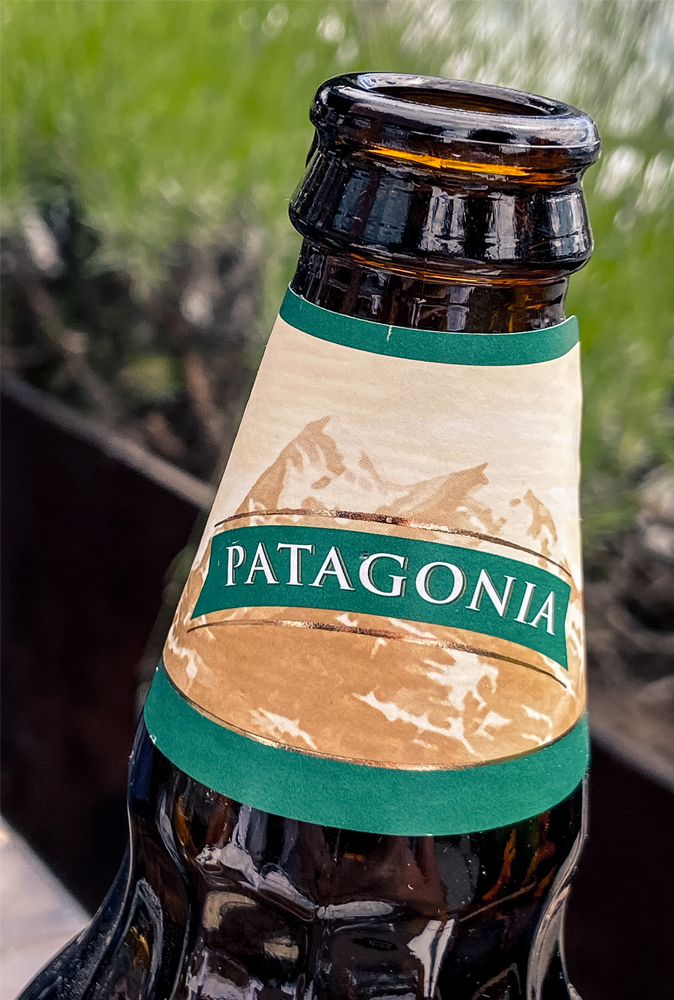
Try the local Patagonian beer!
El Calafate Town
Places To Eat
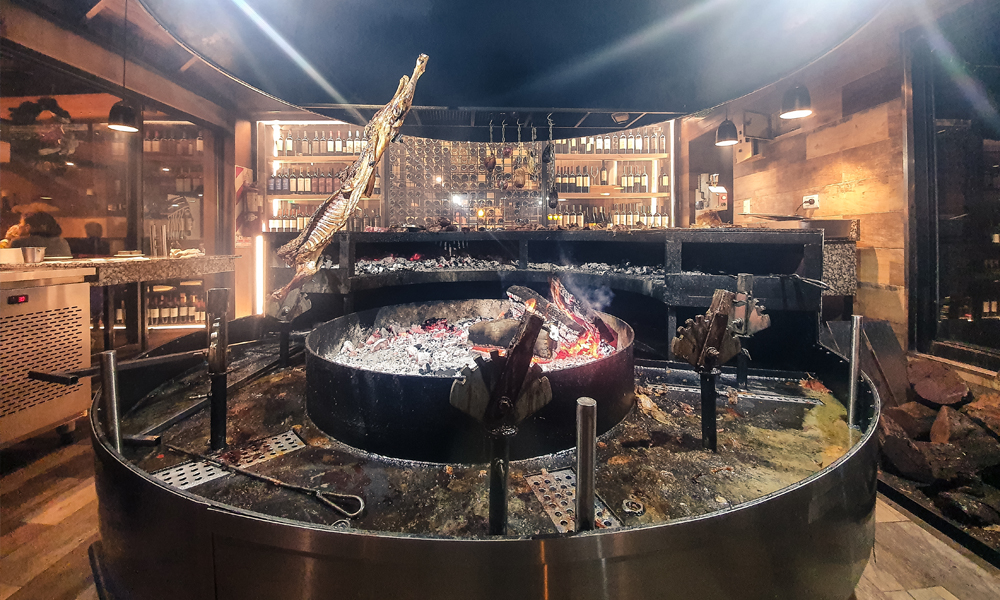
You'll see these this traditional Patagonian lamb cooking method all over El Calafate
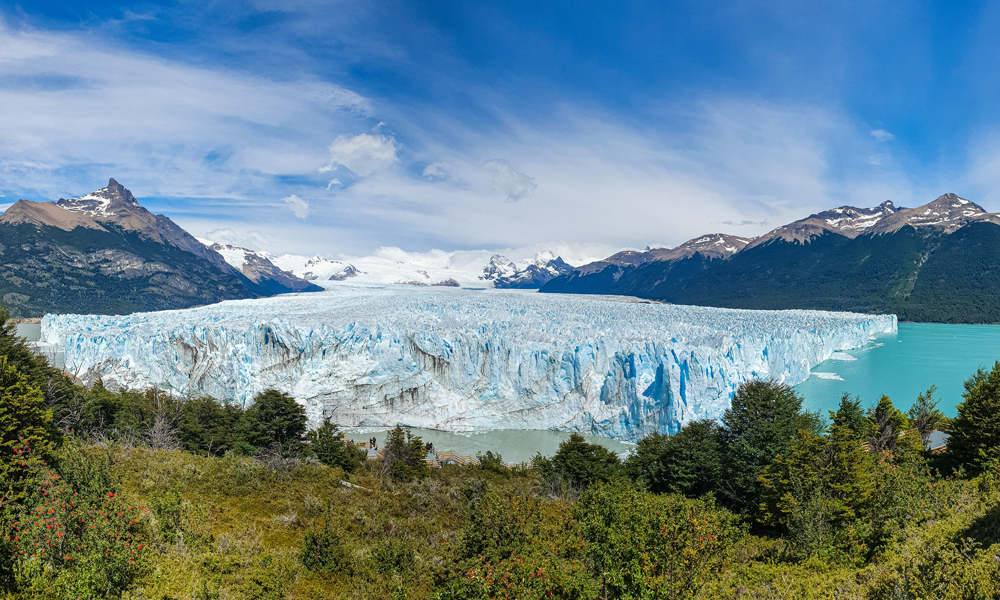
The Good Kind Of Blues...
Perito Moreno Glacier
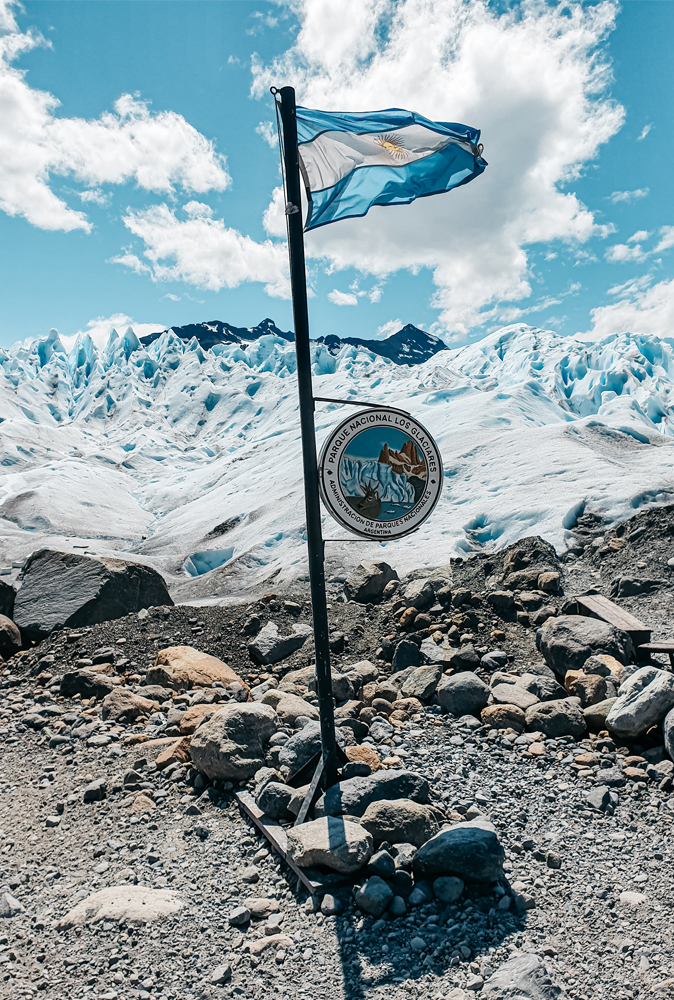
Start Of The Glacier Trek
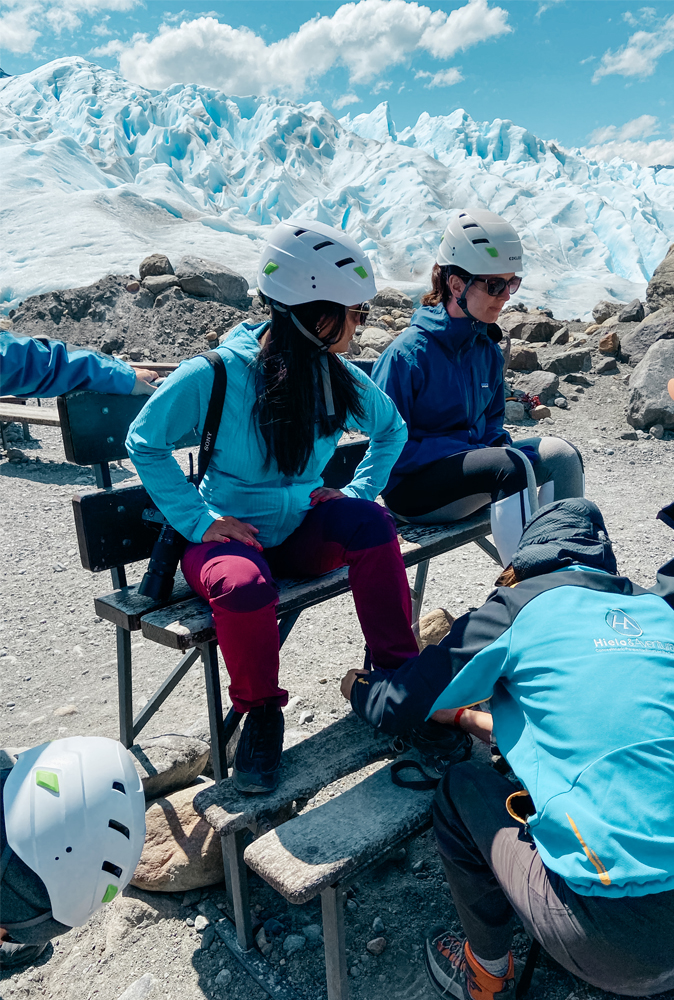
Getting My Crampons Fitted!
Getting There
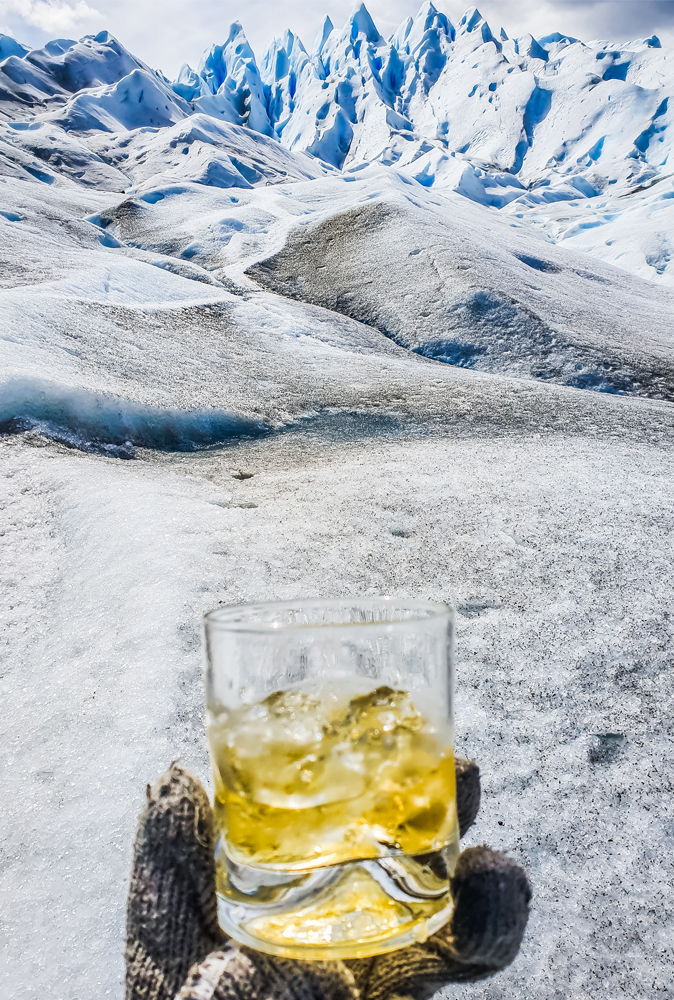
A Much Needed Drink With Fresh Glacier Ice!
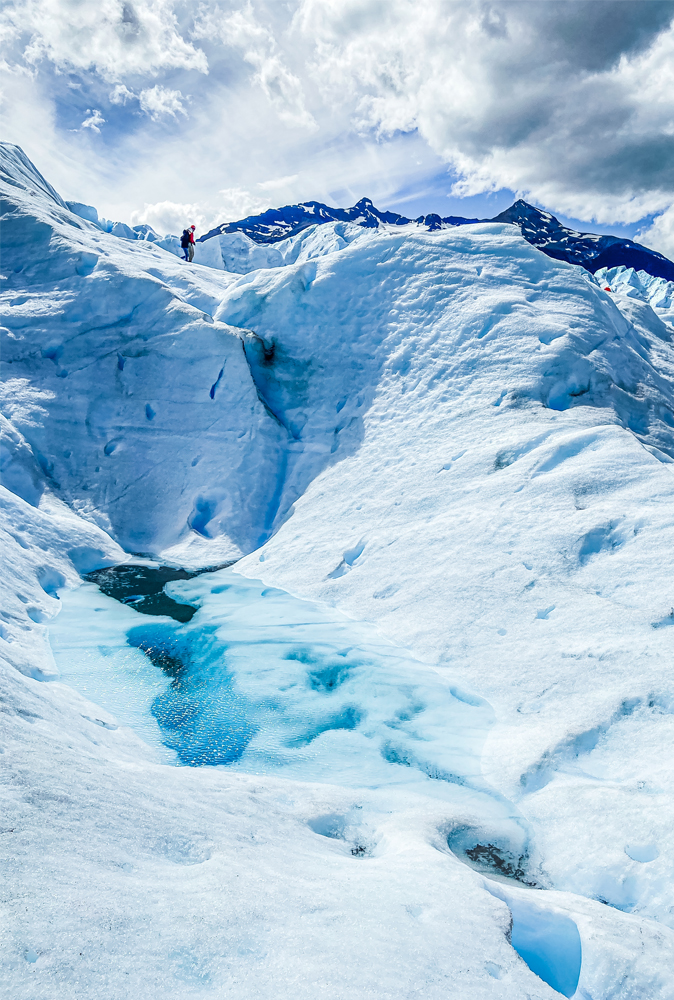
One Of The Many Lakes You'll See On Your Trek
Entry Fees
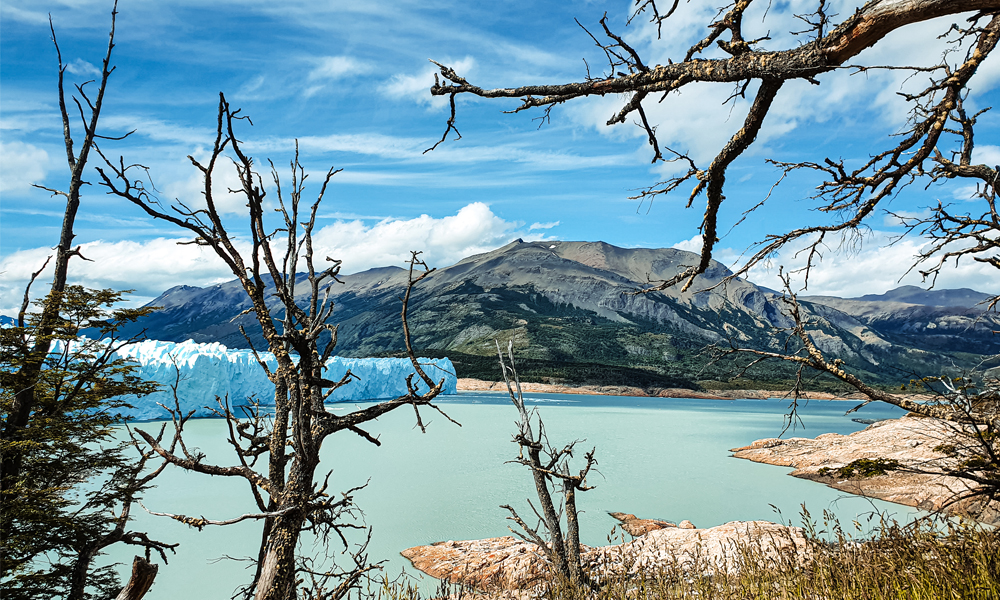
Look At The Incredible Views Around The Glacier!
Recommended Tour Operator
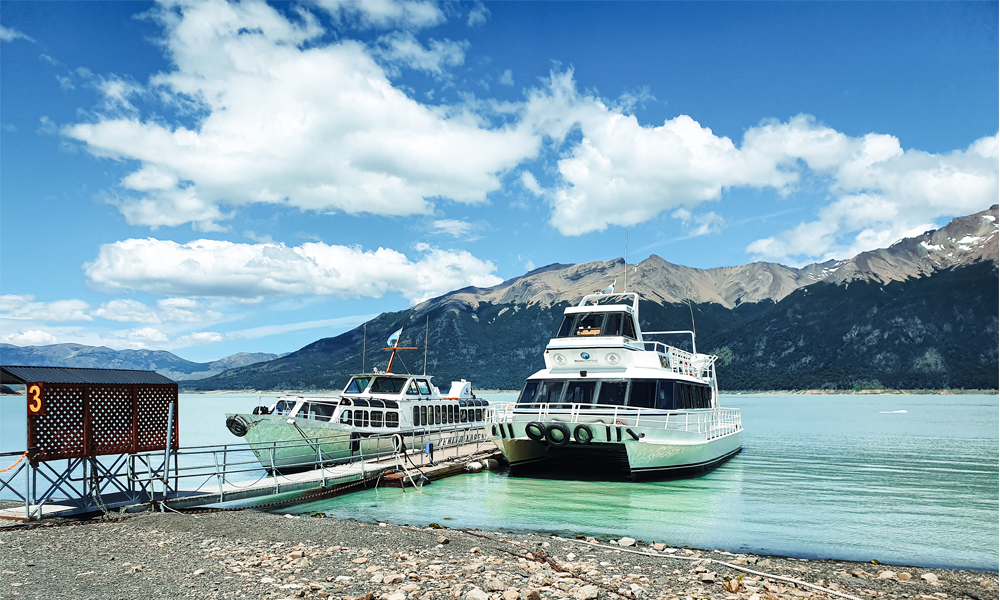
The Pier To Catch The Boat To Perito Moreno
What to do
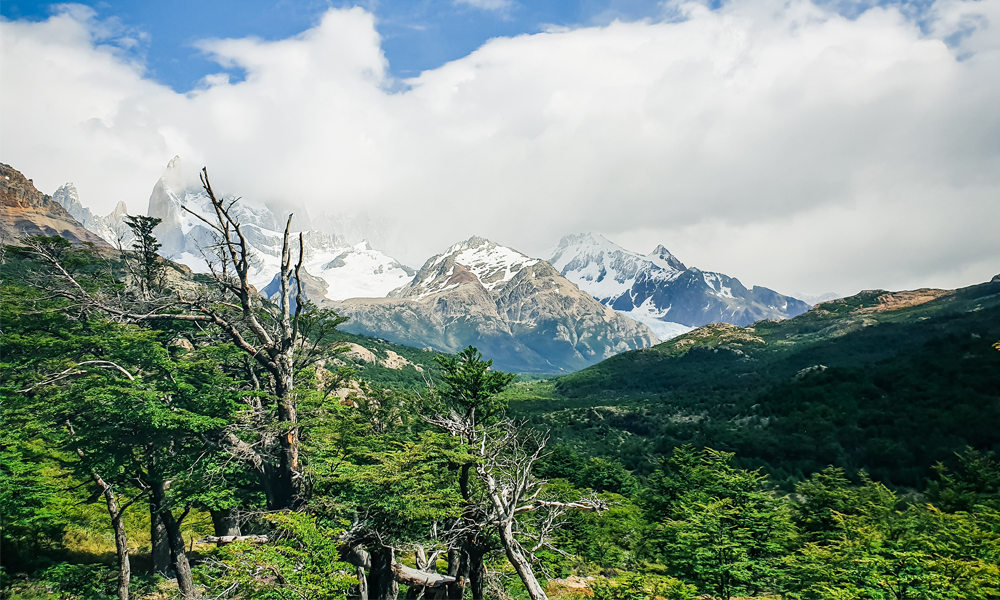
Endless Snow Capped Mountains Views...
El Chaltén
Getting there
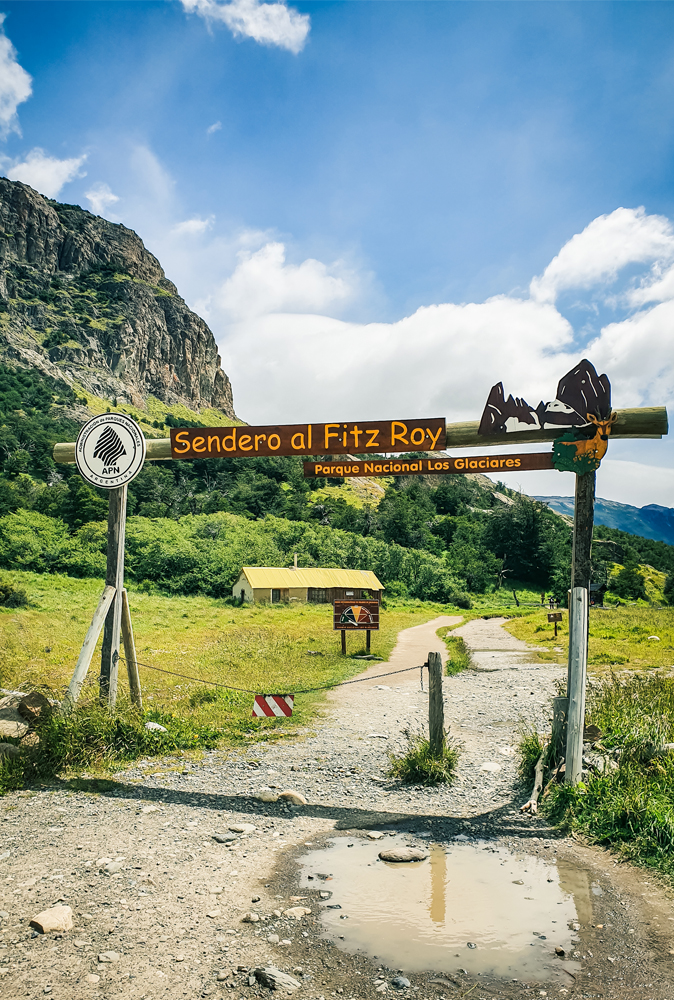
The Start Of The Hike (And Where You Can Leave Your Car)
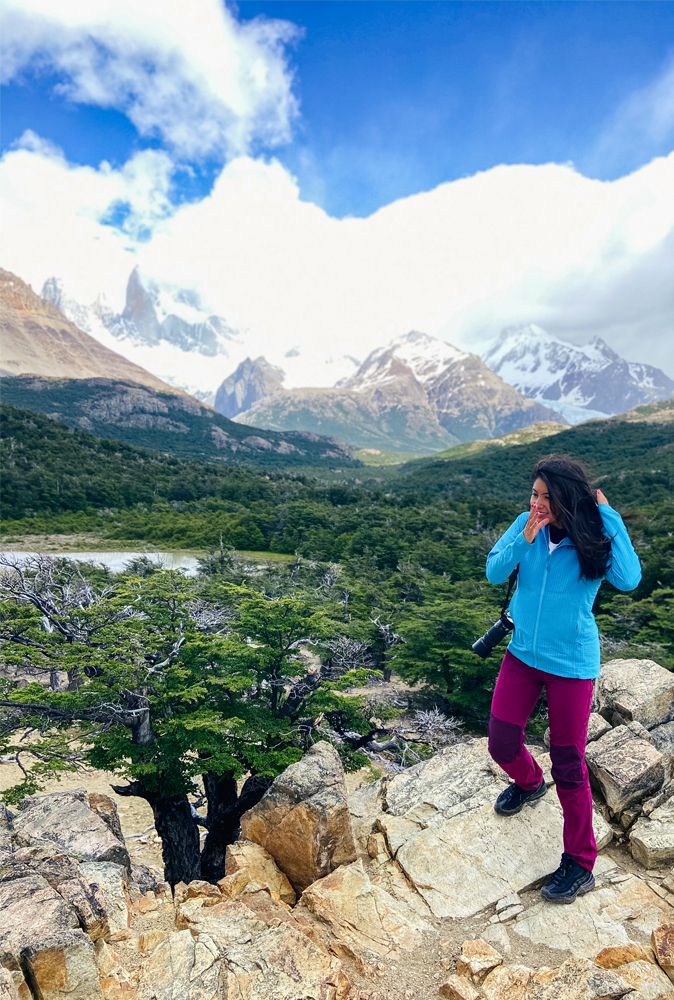
The Trek Tends To Get Really Windy So Don't Forget Your Windjacket!
What to do
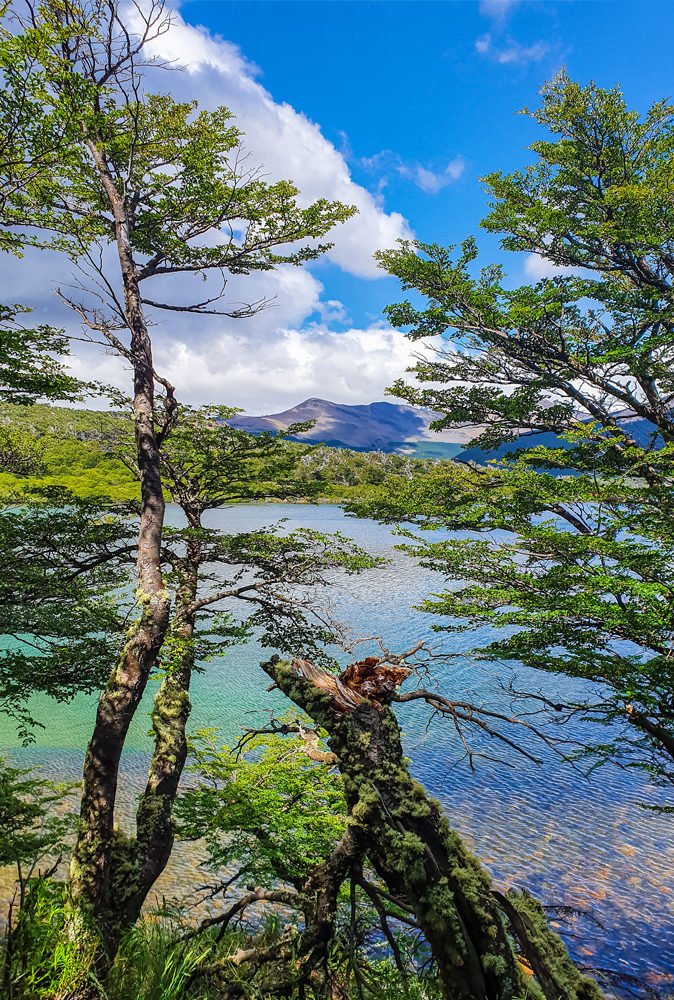
Couldn't Ask for A Better View Outside My Tent!
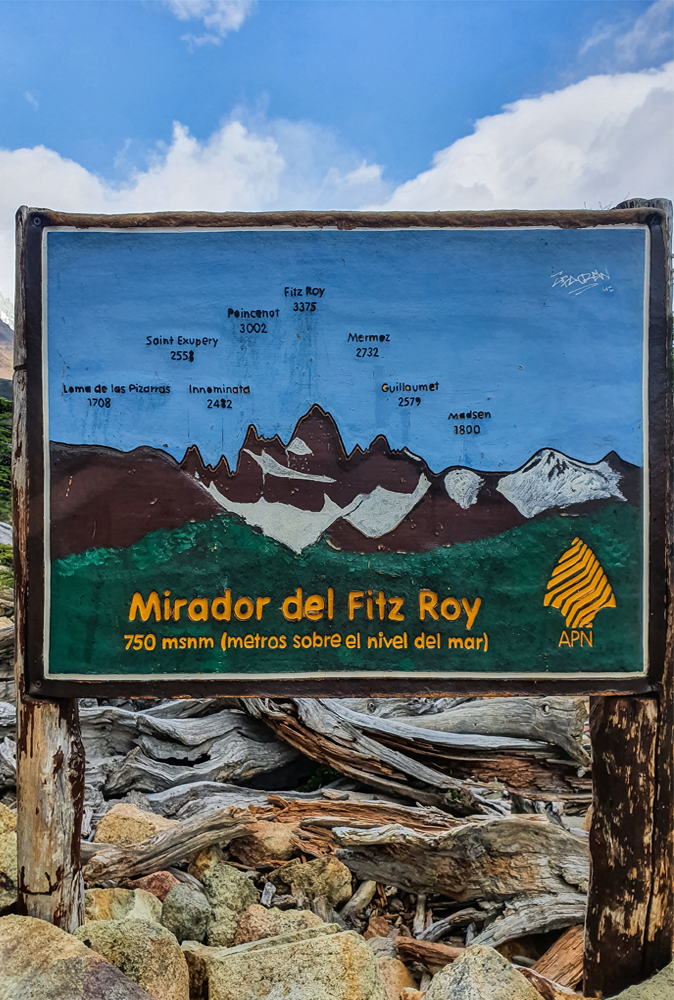
Explore All The Different Peaks The National Park Has To Offer!
The Best hikes if you’re short on time
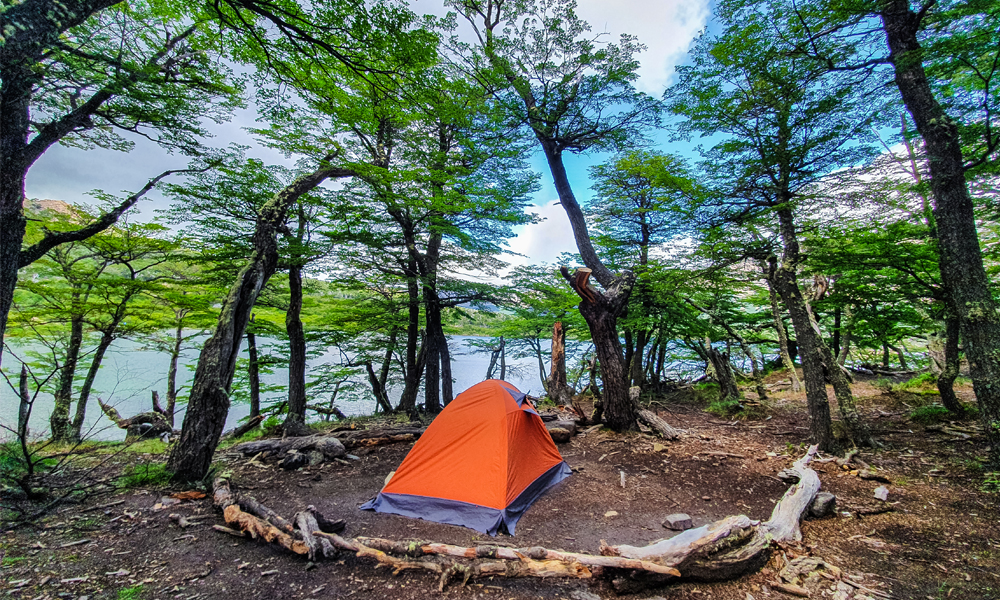
Consider Renting Your Tent Instead Of Carrying Extra Luggage
RENTING YOUR CAMPING GEAR
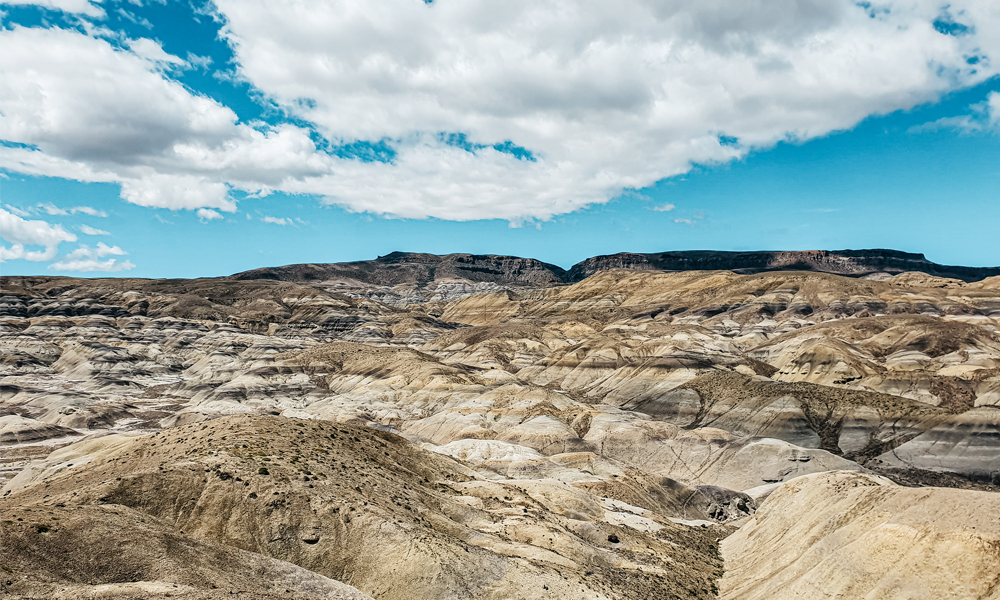
Mars Or Earth?
La Leona River Kayak + Petrified Forest Hike
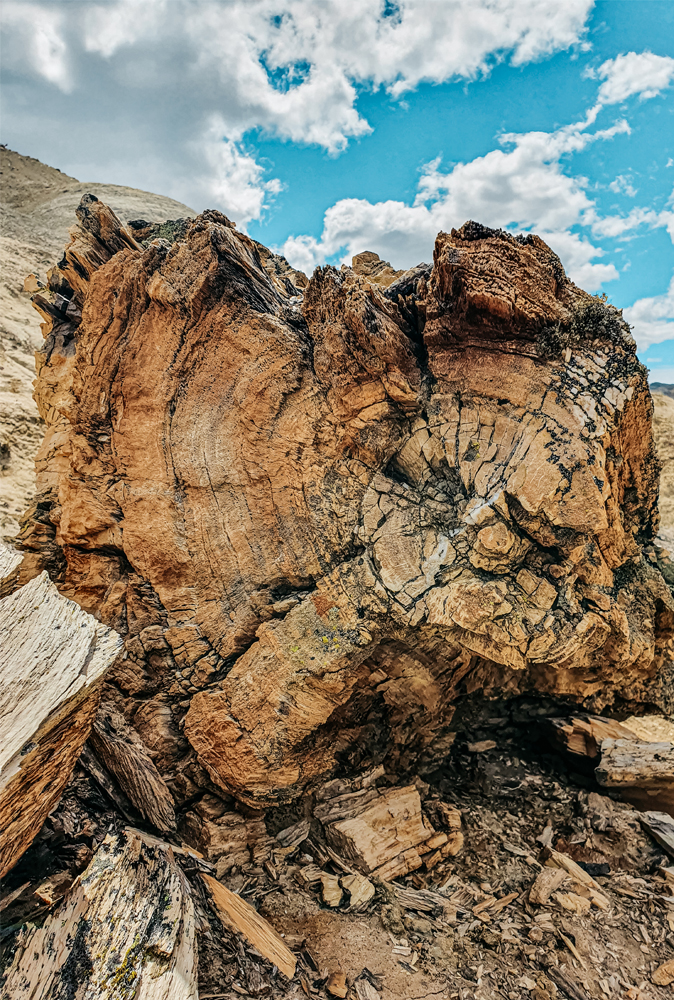
The look of petrified wood...looks like wood but it's actually stone!
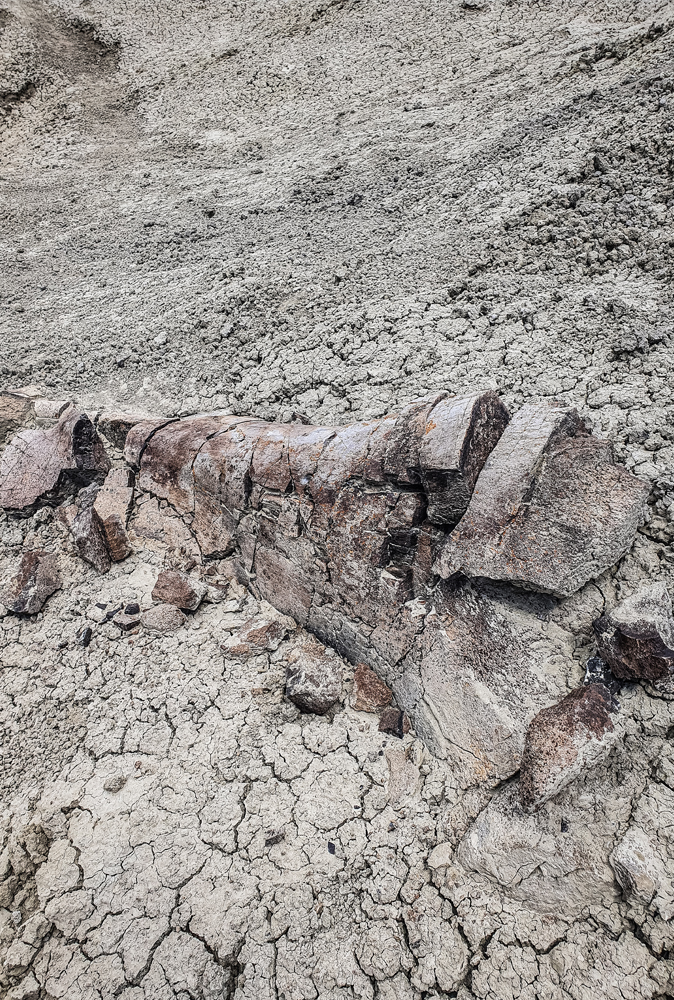
Hiking Amongst Fossils
Getting there
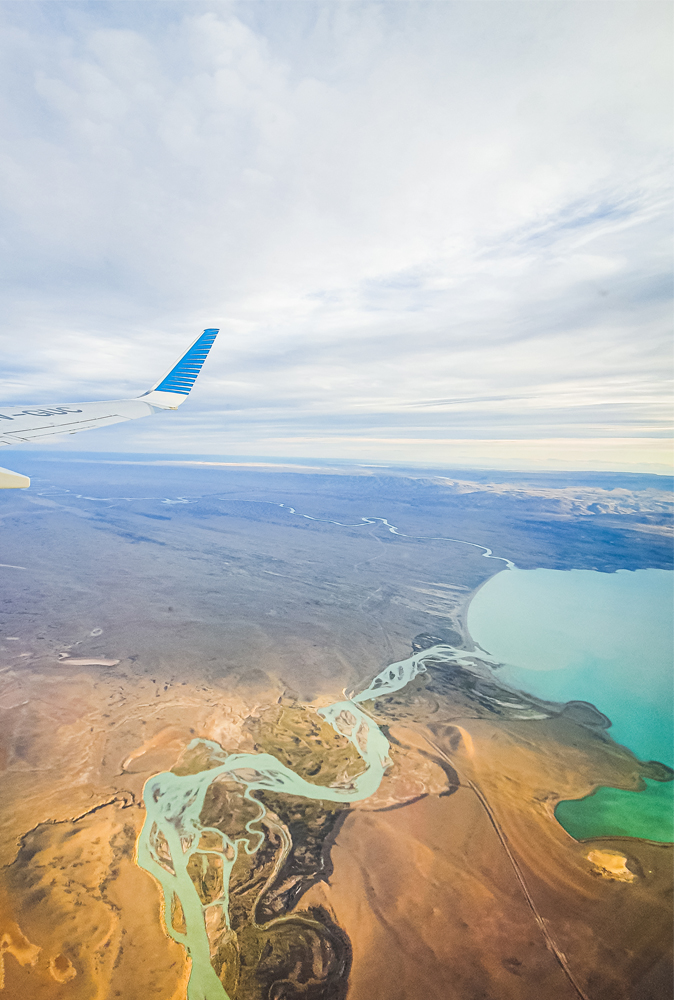
The View Of La Leona River From The Plane!
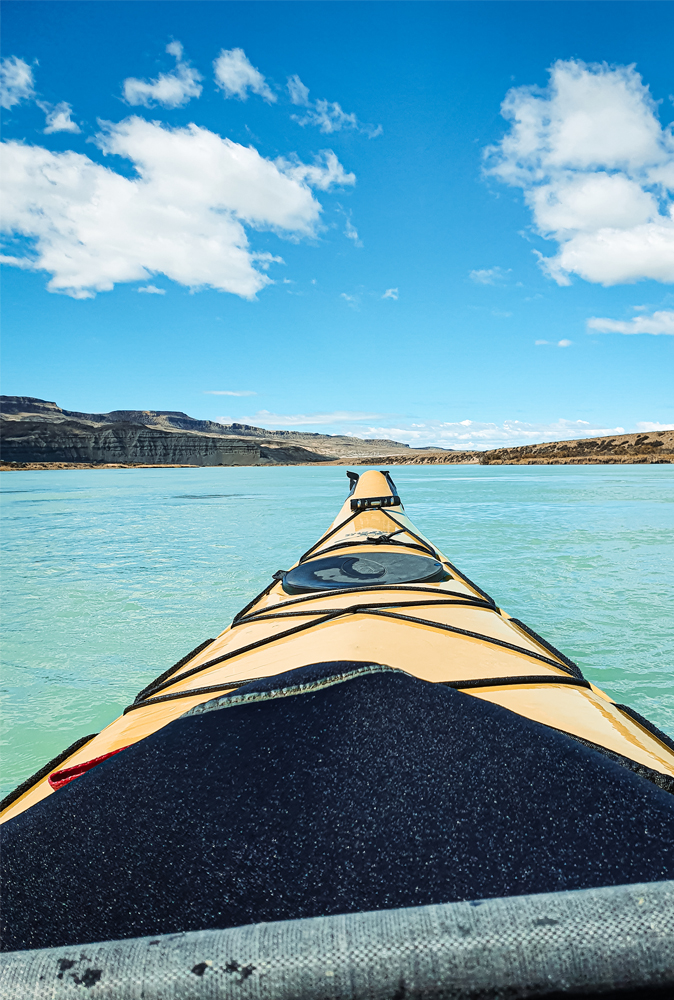
A Different Way To Explore The River
Recommended Tour Operator
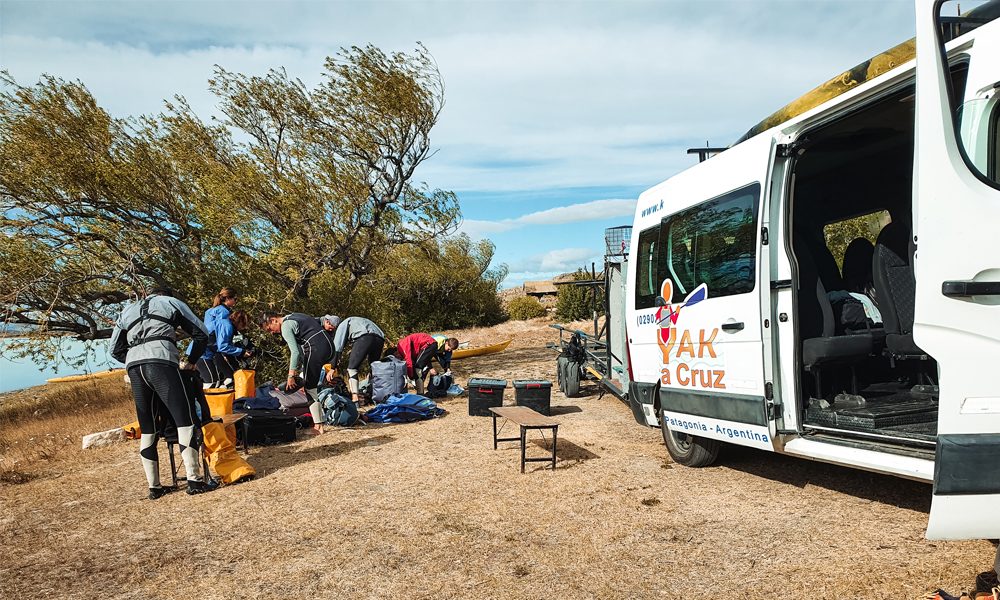
Getting Our Gear On For The Kayak Trip!
The hike
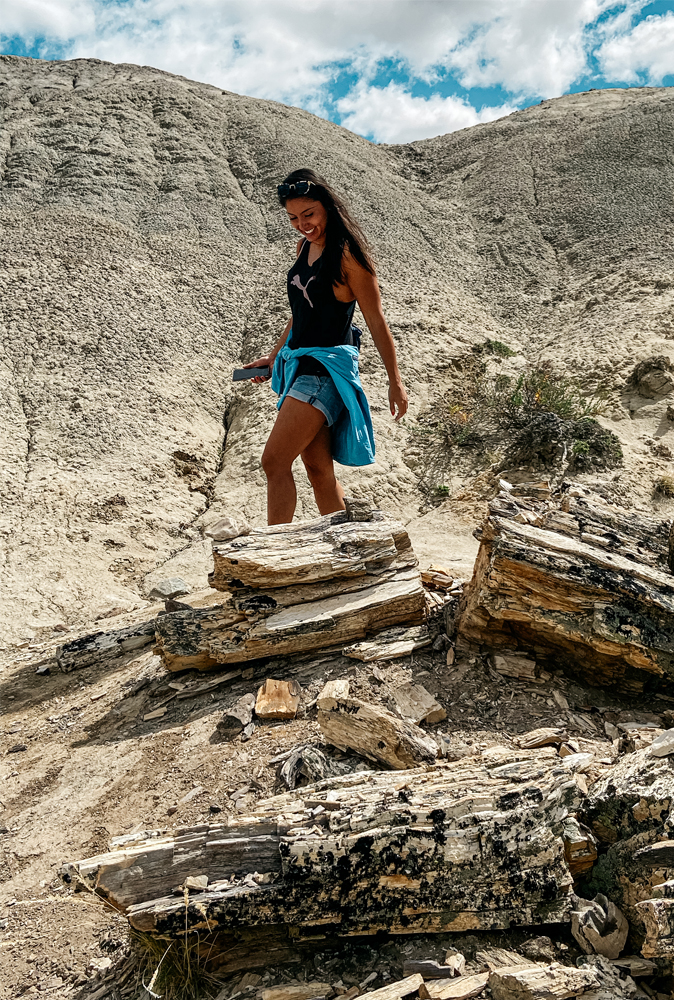
The Petrified Wood Just Blew My Mind!
Female Safety
Sustainability Check + Giving Back
1. Calculate your carbon footprint using a free online calculator
2. Offset your carbon footprint by visiting an online voluntary market through the purchase of carbon credits. Gold Standard is one of the leading certifiers of carbon credits.




